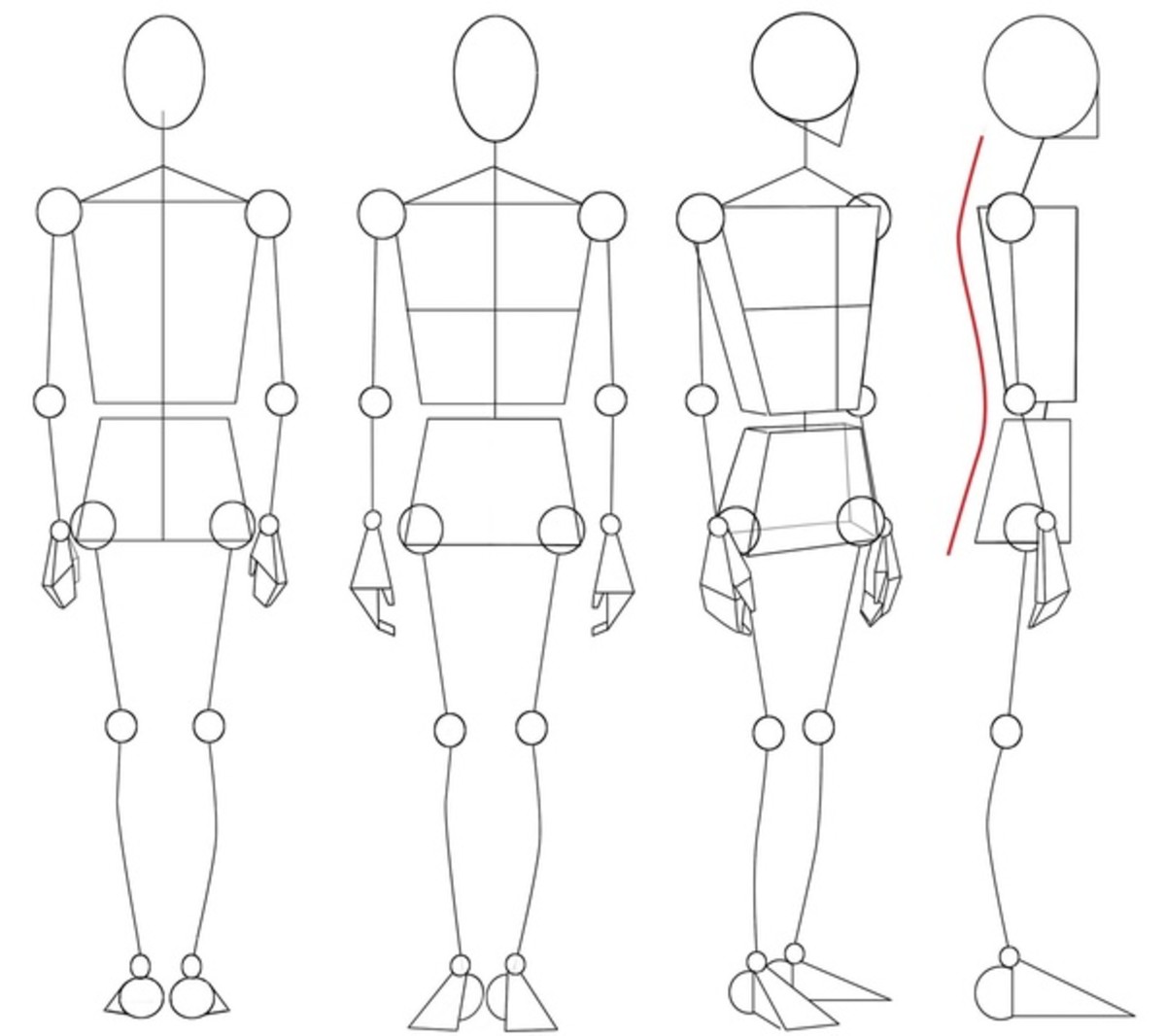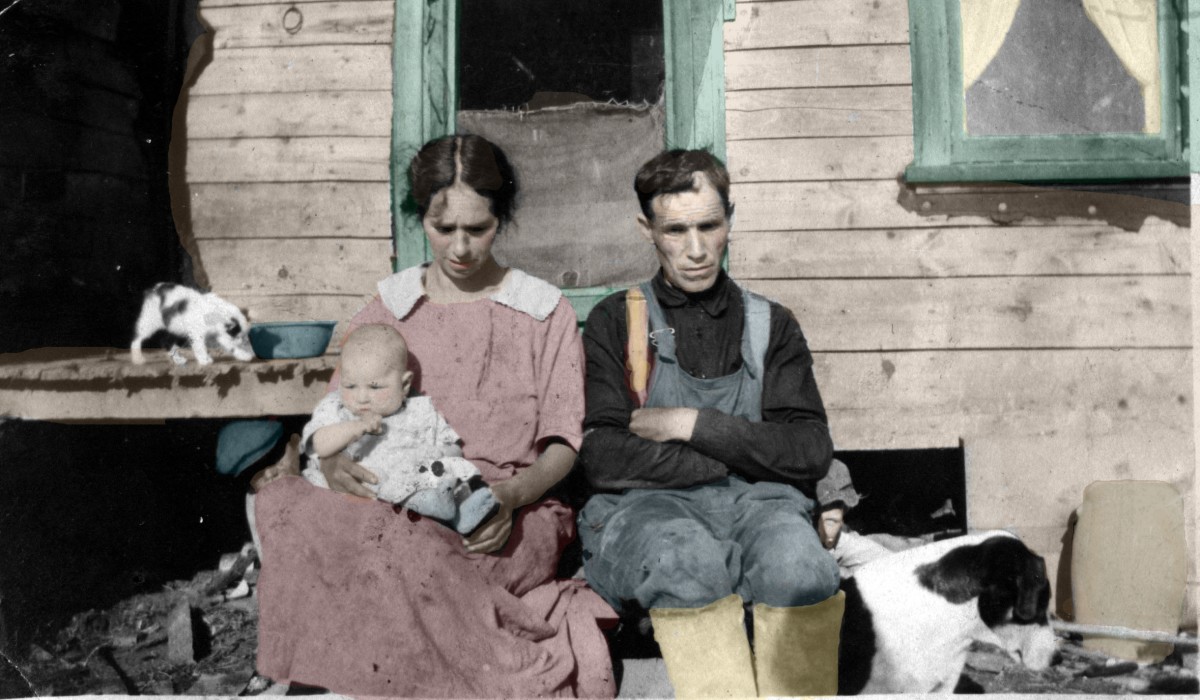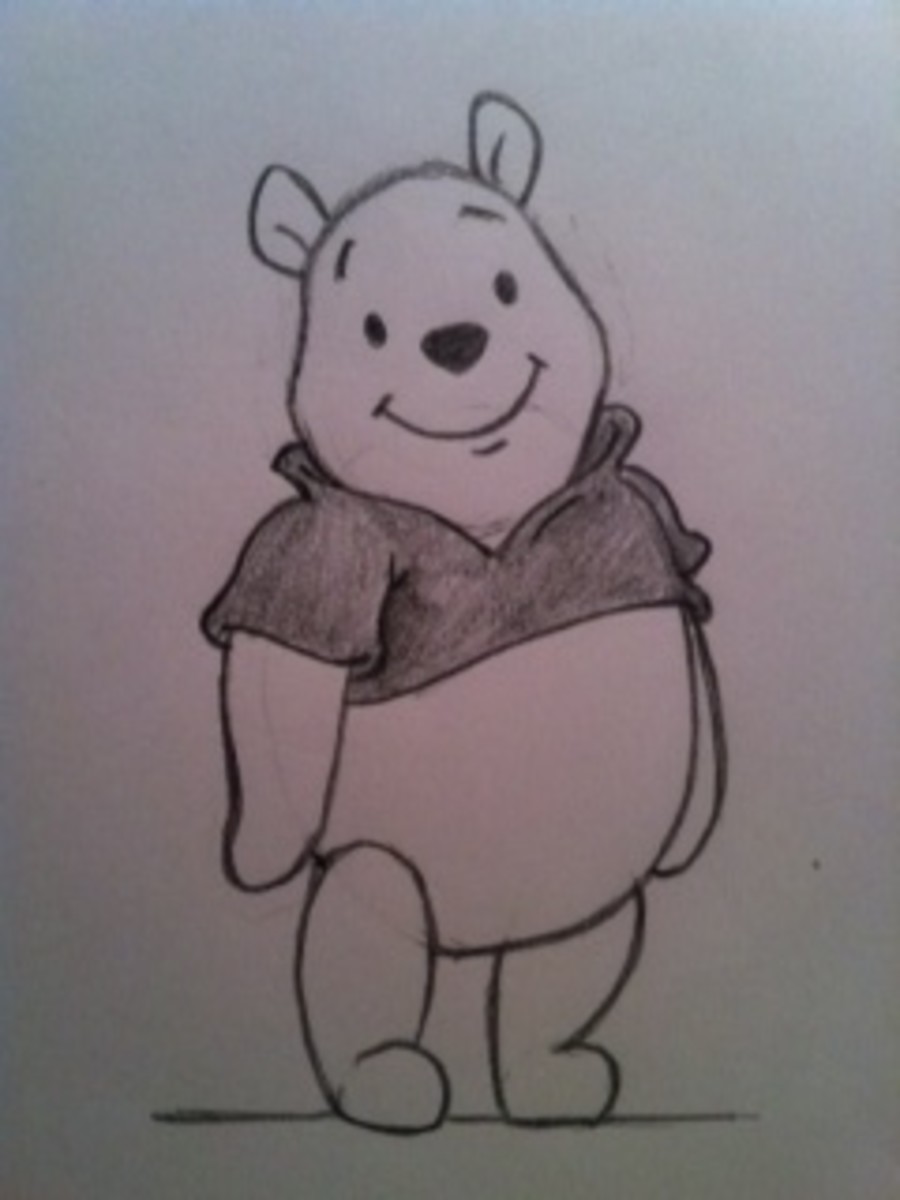- HubPages»
- Arts and Design»
- Drawing»
- Drawing Tutorials
Drawing with Just the Values of Black and White
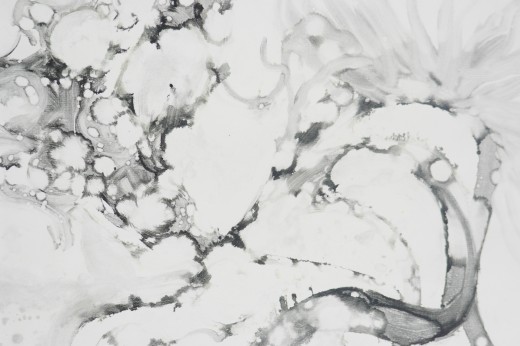
The Simplicity and Power of Black and White
Black and white drawings have the ability to distill ideas into strong graphical elements. Some of the most beautiful artwork in the world is seen through the simplifying lens of the black and white drawing. This is accomplished through the intelligent placement of the black elements of the composition in relation to the white elements.
I would recommend starting with a pencil or charcoal drawing. Vine charcoal is the easiest to work with because the black can be erased out very easily with a kneaded eraser. Start with something simple, but, something that could become very striking once it is turned into a black and white drawing. This could be something as simple as ladybugs on a tree branch. After you have your drawing the way you like it, start to outline the drawing in fine line marker, or if you are working with watercolor, paint in only the black parts and let the white of the paper be the white of the composition. Remember your lost and found edges! You may want to refer to my hub about lost and found edges. If you are working with watercolor paper, it is best to use 120 lb watercolor paper or heavier. Experiment with smooth and rough surfaces. I recommend concentrated watercolors for the type of strong graphical effect described in this hub. See the link at the end of this hub. Let dry thoroughly. Translation: walk away from the drawing for about 1/2 hour! When you come back, start to lightly fill in areas with pencil you think should be black. If you really like the way it looks, fill it in with marker or watercolor. If not, erase and try another area of the drawing you think would look better. Work back and forth between black and white and pay attention to what happens.
Repeat these steps until the drawing is done. If you are working with concentrated watercolors, you won't be able to "lift" out the black if you make a mistake. Have a couple of the same drawings on a few pieces of watercolor paper and try different effects. To make multiple copies of the same drawing follow these instructions:
- Make a tracing of your line drawing
- Turn over the tracing paper and cover the line drawing with a graphite stick, charcoal or regular pencil. Flip the tracing paper back over, place on the watercolor paper and re-trace original line drawing so that the graphite where the line drawing is transfers to the watercolor paper.
- Make as many of these copies as you feel you will need.
- Proceed with your compositions without worry of making a mistake
Curvy lines are particularily fun in black and white. If you fill in areas that look like they are bending and curving, you will be able to show form and volume in a very simple and striking way.
Another reason I enjoy pencil and marker so much is the immediacy of the of the finished drawing. Experiment with round forms, square forms, triangles, whatever suits your tastes. Try these on scrap pieces of paper and see what happens. The pathways and little discoveries found along the way are very intriguing.
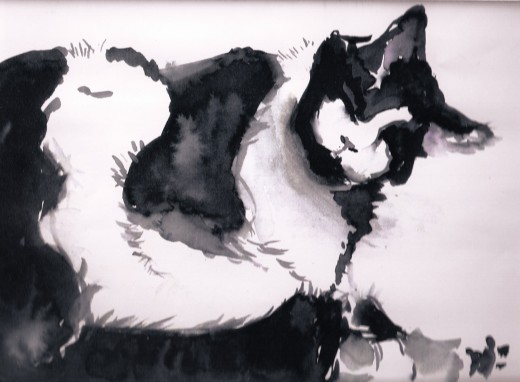
Adjust as You Go - Be Flexible in Your Approach
Sometimes, I think I've got my composition down, and I think I know just where the blacks should go, and I discover, that they really don't belong there after all. A little bit of white acrylic paint (the liquid form, not the tube kind) or thinned down acrylic gesso can completely correct an area of black. Apply thin coats to the black area and let dry between coats. The paper should be brought back to white. Never panic, because this discovery of positive and negative forms is an adventure that never grows old. For review, if you are unaware of what negative and positive spaces are, here is a simple explanation: positive space is the the object on the page. A cat in a basket with a ball of yarn is positive space. The negative space is all of the space that is left over, including the space around the cat, behind the cat, the space in front of his paws, etc. This applies to any representational painting, print or drawing and even sculpture. Look up Henry Moore for some great examples of positive and negative space incorporated into a single sculpture. It can also apply to non-representational paintings depending on your interpretation of the painting or the artist's vision. There is a lot of power in positive and negative space, and working with black and white composition. Have fun with this form of art, and don't be afraid to make mistakes!
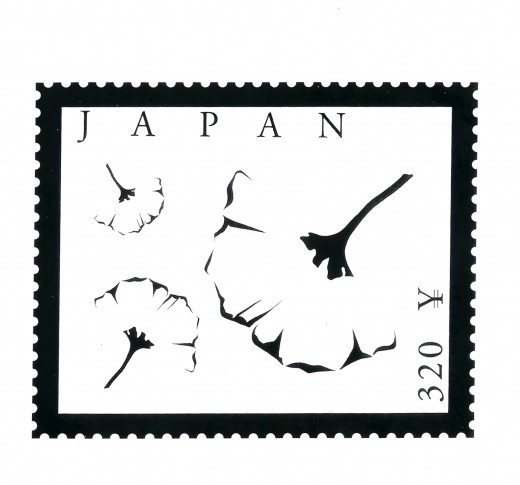
Supplies You will Need to get Started
If you are completing a composition in marker:
- Black fine line and medium point markers
- Sharp pencil
- Any good, basic drawing paper
- Liquid Acrylic Paint
- Kneaded eraser
If you are completing a watercolor composition:
- Good quality watercolor paper, 120 lb weight, cold or hot press
- Vine charcoal
- Kneaded eraser
Watercolors
- Dr. Ph. Martin's Radiant Concentrated Watercolor Sets - BLICK art materials
Extremely concentrated colors achieve great brilliance. Use directly from the 1/2-oz. bottle or dilute with water. Primarily for graphic arts intended for reproduction Especially popular for airbrushing. Available in sets or individually.
Join HubPages!
- Signup For HubPages
Write about what interest you and earn potential ad revenue!
More examples of work:
- Claudia Smaletz - Fine Art
I am an artist who really enjoys color and shapes. I very rarely start a picture with something in mind, my compositions usually start with a squiggly line or two. Doodling and listening to all kinds of music and being out in nature are some of the


